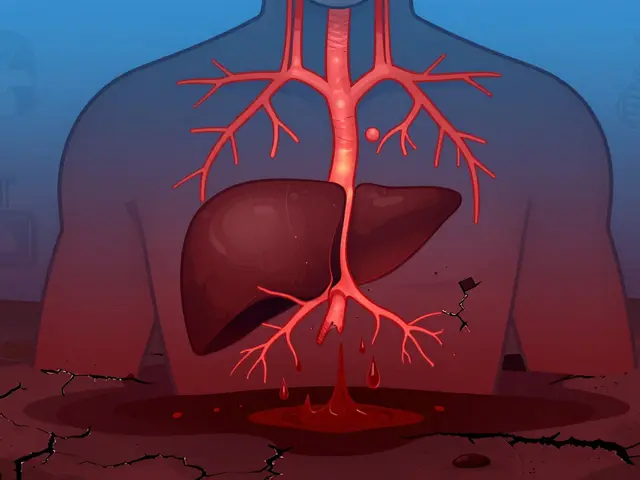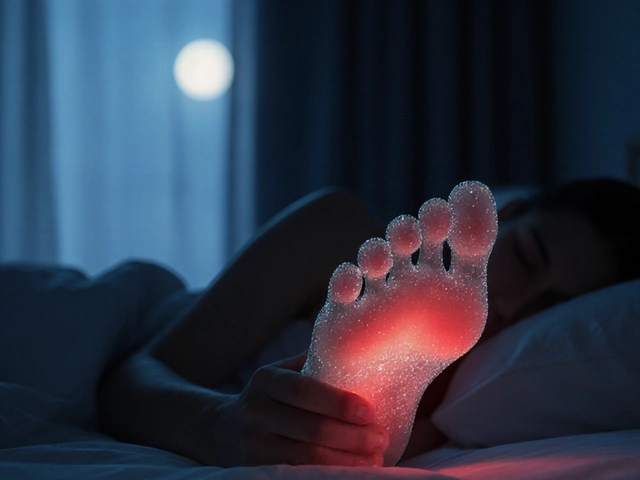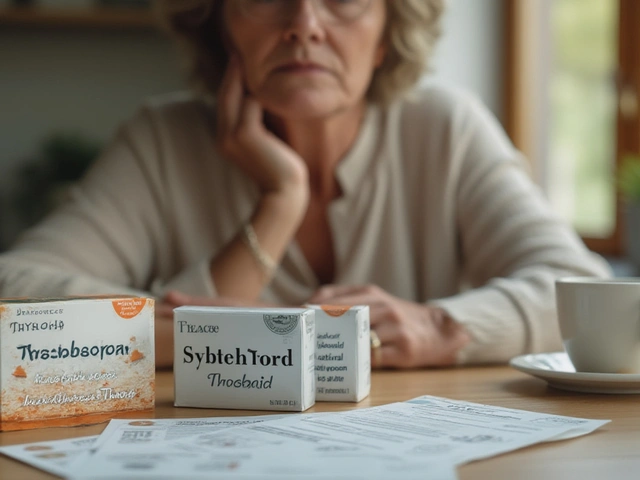Portal Hypertension: Managing Varices, Ascites, and Life-Threatening Complications
December 16 2025Cooling Strategies: Practical Ways to Stay Comfortable and Safe
When you think about Cooling Strategies, methods that lower body temperature and prevent heat‑related problems. Also known as heat‑relief techniques, they help keep you comfortable in hot weather. Heat Management, planning activities to avoid excessive heat exposure is the first step, followed by Hydration, drinking enough fluids to replace sweat losses. Air Conditioning, mechanical cooling that controls indoor temperature and a simple Cold Compress, application of cold packs to cool the skin round out the toolkit. cooling strategies encompass heat management techniques, require proper hydration, and are amplified by air‑conditioning or cold compress use.
Why do they matter? Many medications listed on our site, like finasteride or minoxidil, can cause scalp irritation or a feeling of warmth. Fever from infections or side‑effects from antibiotics can also raise body temperature. Using a solid cooling plan reduces discomfort, supports medication tolerance, and can even lower the risk of heat‑related illnesses such as heat exhaustion or heat stroke. When you combine a smart approach to heat with the right meds, you keep your body in balance.
Practical Tips for Everyday Cooling
Start with heat management. Schedule outdoor workouts early in the morning or late in the evening when the sun is less intense. Wear light, breathable fabrics—cotton or moisture‑wicking blends work best. Seek shade whenever possible and use a wide‑brimmed hat to protect your head. In the kitchen, turn on exhaust fans and keep windows open to let cooler air flow.
Next, focus on hydration. Aim for at least eight cups of water a day, more if you’re active or live in a hot climate. Add a pinch of salt or an electrolyte tablet to replace minerals lost through sweat. Carry a reusable bottle and sip regularly; waiting until you feel thirsty often means you’re already dehydrated.
When indoor temperatures climb, air conditioning is your ally. Set the thermostat to a comfortable 24‑26°C (75‑78°F) and use fans to circulate the cool air. Keep doors and curtains closed during the hottest part of the day to prevent heat from entering. If you don’t have AC, a portable evaporative cooler or a bowl of ice in front of a fan can create a similar effect.
For quick relief, a cold compress works wonders. Wrap a handful of ice cubes in a thin towel and place it on the forehead, neck, or wrists for a few minutes. You can also chill a wet bandana in the fridge and wear it around the neck. This simple trick lowers skin temperature and signals the body to cool down.
Combine these methods for maximum benefit. For example, drink a glass of water before stepping into a sun‑exposed area, then apply a cold compress after the activity. If you’re taking medications that cause warmth, keep a fan nearby and stay hydrated throughout the day. The synergy between heat management, hydration, and mechanical cooling creates a comfortable environment for both your body and your meds.
Below you’ll find a curated collection of articles that dive deeper into specific topics—from how certain drugs interact with temperature regulation to detailed skin‑care routines that incorporate cooling ingredients. Whether you’re looking for medical insights, lifestyle hacks, or product comparisons, the posts ahead give you actionable information to make the most of your cooling strategy.
 24 Oct
24 Oct
Cooling Strategies for Antidepressant‑Induced Excessive Sweating and Medication‑Related Hyperhidrosis
Excessive sweating from antidepressants can ruin daily life, but you can stay cool with smart wardrobe tricks, cooling vests, and medication tweaks. This guide explains why it happens, which drugs cause it, and step‑by‑step ways to manage the side effect.
Read More...




